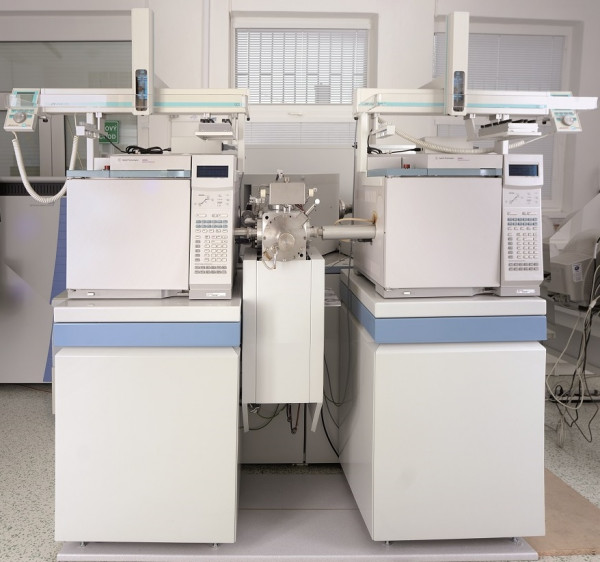Our clients need a fast and reliable analysis for POPs analysis, including dioxins and furans, in many types of matrices, free of contaminants to heavily polluted by PCCD/F.
To produce for you defensible and reliable data on dioxins and POPs analysis, ALS Environmental Europe designated three separate laboratories for the preparation of samples, thus avoiding cross contamination between contaminated and non-contaminated samples.
A custom instrument operations room accommodates four High Resolution Double Focusing Reversed Nier-Johnson Geometry Magnetic Sector Mass Spectrometers.
See more about our laboratory.
This specialized laboratory equipment achieves lower detection limits, higher selectivity than low resolution GC/MS instruments and is among the most sensitive in the industry. The HRGC/HRMS are an optimal choice for ultra-low-level trace detection applications such as the analysis of dioxins, furans, PAHs, PCB congeners and PBDEs.
In addition to EPA methods, ALS Environmental has the expertise and innovation to develop and modify methods to suit clients’ analytical needs. Our high resolution analyses include, but are not limited to:
| Methodology | Range | Accreditation status | Matrix |
| US EPA Method 1613B | PCDD/F, chlorohomologue groups (210 congeners) | EN ISO/IEC 17025:2005 accredited | Water, soil, sediment, sludge, waste, ash, food, feed, blood, tissues, SPMD |
| US EPA Method 8290 | PCDD/F, chlorohomologue groups (210 congeners) | EN ISO/IEC 17025:2005 accredited | Water, soil, sediment, sludge, waste, ash, food, feed, blood, tissues, SPMD |
| US EPA Method 1668A | Coplanar PCBs, chlorohomologue groups (209 congeners) | EN ISO/IEC 17025:2005 accredited | Water, soil, sediment, sludge, waste, food, feed, blood, tissues, SPMD |
| EN 1948 -3 | PCDD/F, chlorohomologue groups (210 congeners) | EN ISO/IEC 17025:2005 accredited | Emission, ash |
| EN 1948 -4 | Coplanar PCBs, chlorohomologue groups (209 congeners) | EN ISO/IEC 17025:2005 accredited | Emission, ash |
| US EPA Method 23 | PCDD/F, chlorohomologue groups (210 congeners) | EN ISO/IEC 17025:2005 accredited | Emission |
| US EPA TO9-A | PCDD/F, chlorohomologue groups (210 congeners) | EN ISO/IEC 17025:2005 accredited | Ambient air, work environment |
| CARB 428/JIS K 0311 | Coplanar PCBs, chlorohomologue groups (209 congeners) | EN ISO/IEC 17025:2005 accredited | Emission |
| CARB 429/ISO 11338 | PAH (generally up to 16) | EN ISO/IEC 17025:2005 accredited | Emission, ambient air, work environment, ash, food, feed, blood, tissues, SPMD |
| US EPA Method 1614 | PBDE, bromohomologue groups, PBB | EN ISO/IEC 17025:2005 accredited | Water, soil, sediment, sludge, waste, ash, food, feed, blood, tissues, SPMD |
| EN ISO 22032 | PBDE, bromohomologue groups, PBB | EN ISO/IEC 17025:2005 accredited | Water, soil, sediment, sludge, waste, ash, food, feed, blood, tissues, SPMD |
Apart from the common requirements on the identification of PCDD/F congeners, dioxin-like PCBs and indicators PCBs, specific requirements on POPs determination are fulfilled, such as the use of Certified Reference Materials and the participation to international Interlaboratory Testing Systems.
For more information, consult our Dioxin and coplanars PCBs brochure.


